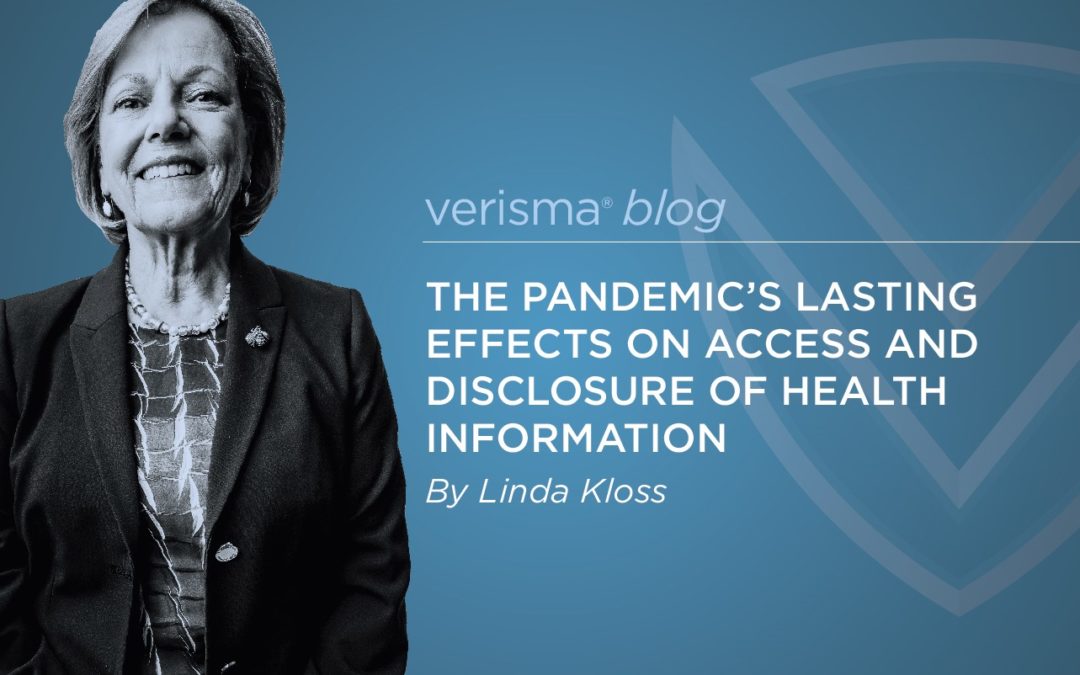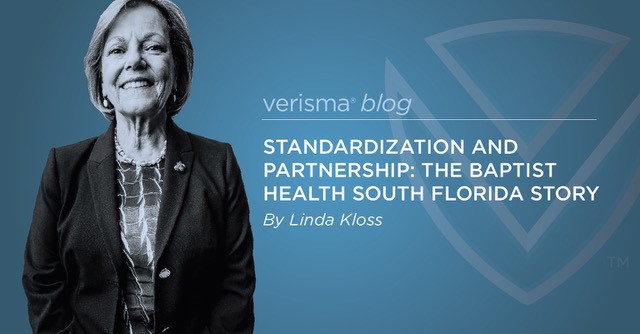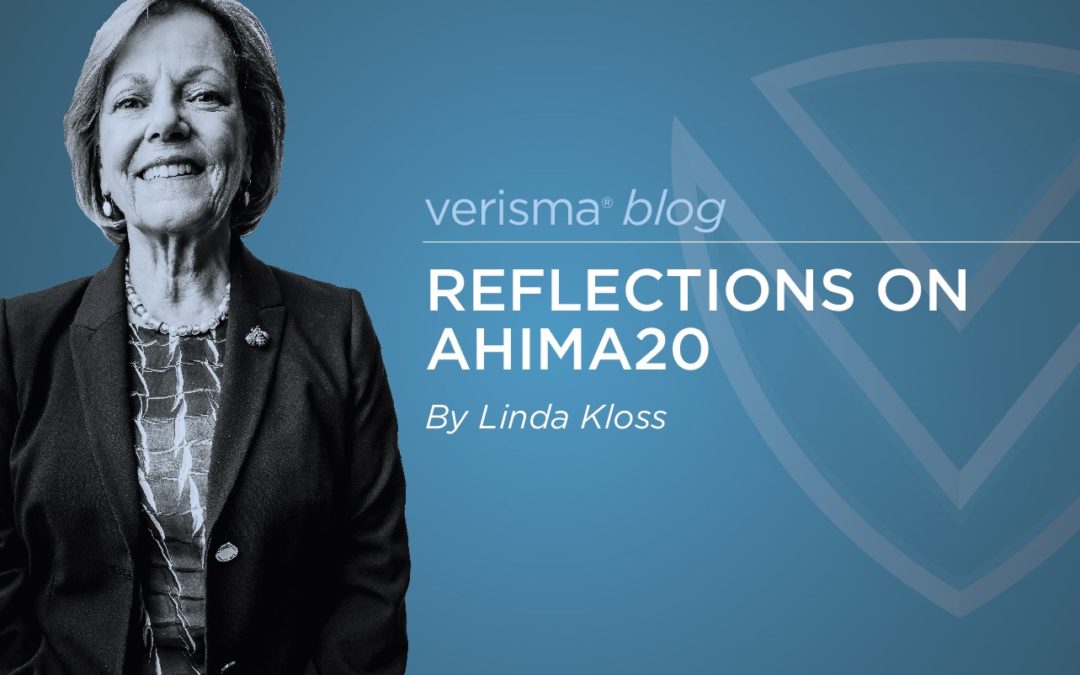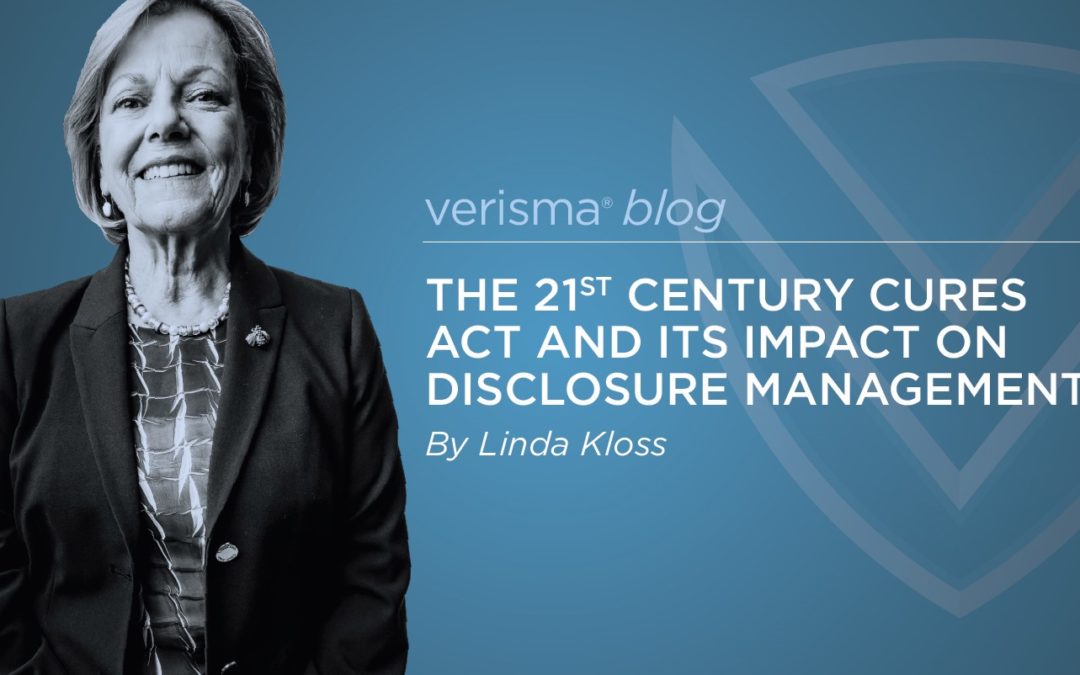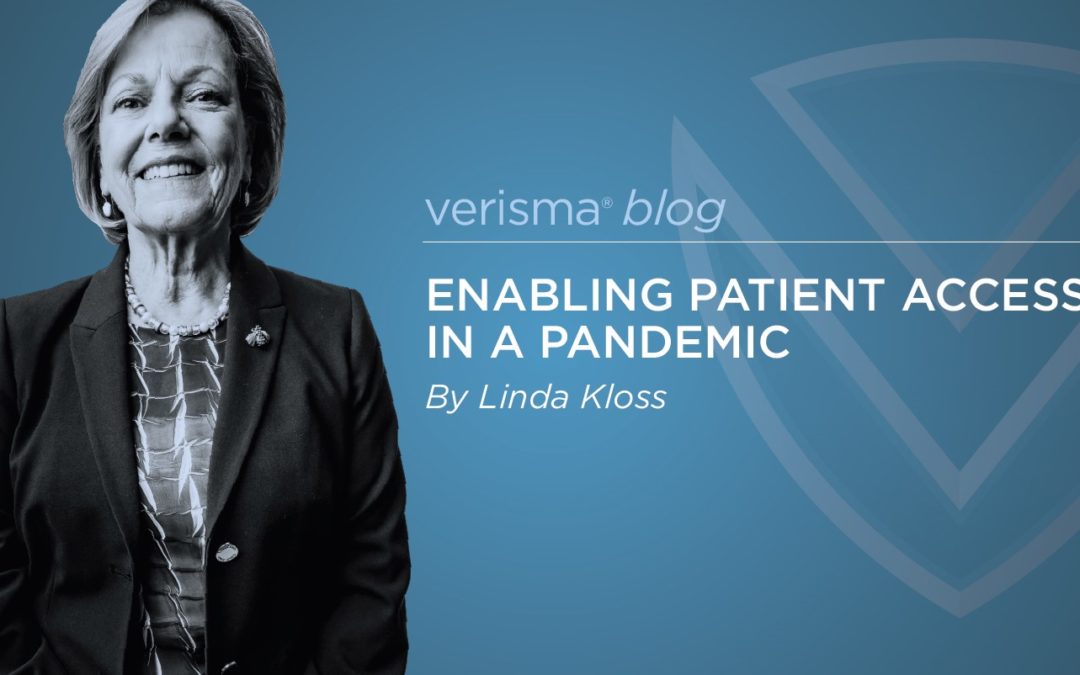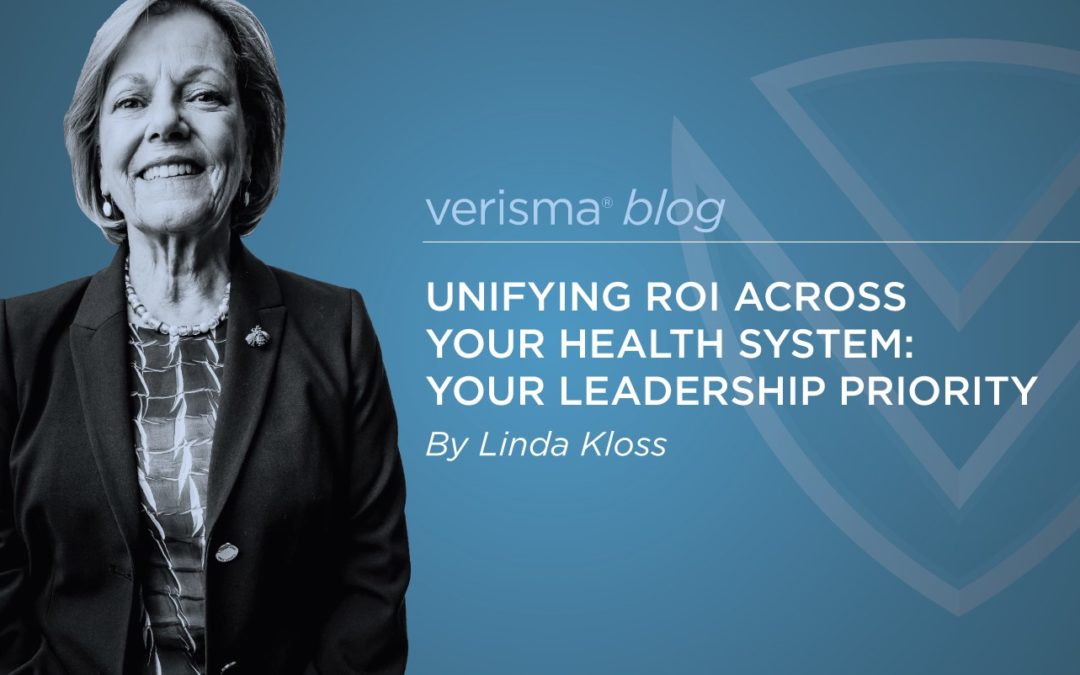
Unifying ROI Across Your Health System: Your Leadership Priority
By Linda Kloss
I first wrote about the value of uniform ROI practices throughout a health system in the fall of 2016. At the time, I cited risk mitigation and cost control as key drivers. I described the experiences of health systems who had achieved centralized release processing and argued that when centralization is not possible, at minimum, release should be guided by uniform policies and procedures.
Fast forward five years. The imperative has come into even sharper focus today. First, fines and compliance plans are being regularly levied by the Office for Civil Rights for failure to comply with patient access regulations. In the past 18 months, 18 enforcement actions have been announced. What’s amazing is that in each of these cases, covered entities were notified of the complaint and received technical assistance. They were given a chance to self-correct, but still failed to come into compliance. Reasonable risk management was clearly lacking as was quality control and accountability.
Cost control remains a key driver and this too has become more urgent. Many health systems have decided that they will absorb the cost of patient requests, which comprise 15-20% of all requests. Further, per page reimbursement which helped subsidize ROI operations for decades is eroding with limits on what can be charged for electronic release. The business model for ROI has changed irrevocably. Like any other form of transaction processing, ROI must be fully automated with an emphasis on doing it right the first time. This just isn’t possible when release is handled differently across the health system.
Today there is a third driver and that is the consumer. People have a greater interest and need to access their health information. Health systems now see patient access as a customer service requirement. Fortunately, technology supports this focus. Patients have responded positively to use of the Verisma Request App™ (VRA). It enables them to submit requests via Web and receive e-records—all with state of the art security. VRA also feeds the ROI system to eliminate data entry, reduce costs, and improve productivity. It is a key tool in the unification toolkit.
The May 19th Verisma Webinar “Unifying ROI Across the Enterprise: Large Health Systems Leading the Way” opened my eyes to how the value of unifying ROI across the enterprise can be further expanded. Lisa Perez, RHIA, Assistant Vice President Health Information Management, NYC Heath + Hospitals (the nation’s largest public health system) and Lloyd Torres, MHA, Senior Director, Health Systems Projects, ColumbiaDoctors (the faculty practice organization for Columbia University Irving Medical Center and NewYork-Presbyterian Hospital) described how their very complex health systems achieved enterprise standardization for ROI. And then they went further.
They are leveraging ROI technology and service to meet the access needs of internal customers including revenue cycle, case management, utilization review and others who need access to patient records to carry out their responsibilities, access permitted under the TPO (treatment-payment-operation) definitions of HIPAA. Working with managers of these services, they analyzed needs and workflows and designed new processes for access and disclosure using the ROI system. This really was a very remarkable discussion, casting the imperative for unification in a very important new light.
What Lloyd and Lisa taught me is that unifying ROI across the enterprise is not the end point of transformation, it is the starting point. Once uniform across the system, access and disclosure management processes can be optimized. Traditional ROI services can be optimized by deploying VRA, by organizing work to meet user requirements, by deploying consistent invoicing and collections, and by using smart tools to identify requests that may require closer monitoring. In fact, the proposed modifications to the HIPAA Privacy Rule call for “Covered entities having a policy to prioritize urgent or otherwise high priority requests.” How do you administer that in a fragmented non-automated system? In a unified technology-supported system, smart tools such as Verisma’s Spotlight ™, a rules engine, can be set up to monitor the status of the types of requests you specify. It’s automatic, it’s consistent, and managers can stay on top of high-risk requests.
In addition to optimizing ROI, Lloyd and Lisa have tackled other access and disclosure management challenges. In doing so, they now serve a broader set of customers who require reliable access to patient information to do their jobs. This may be information to demonstrate medical necessity and support a claim. It may be information to enable the case manager to plan care continuity. In broadening the use of the ROI platform and service their investments in ROI technology and service are leveraged reducing the overall cost and amping up benefits. By bolting this on to ROI, they also improve compliance and accountability.
We often consider change from the familiar frame; in this instance, the frame of ROI. We look at how this improvement can avoid untoward events, such as compliance failure. We look at how it can improve the productivity of existing processes. We don’t often look at change from the perspective of the new opportunities it might create for the health system. That’s what Lisa and Lloyd did. They achieved the desired improvements in ROI and then considered what other functions could benefit from this new technology. They went looking for opportunity to bring even greater value to their organizations. We congratulate them for showing us a new frame for ROI managing the access and disclosure needs of a broader set of customers.

